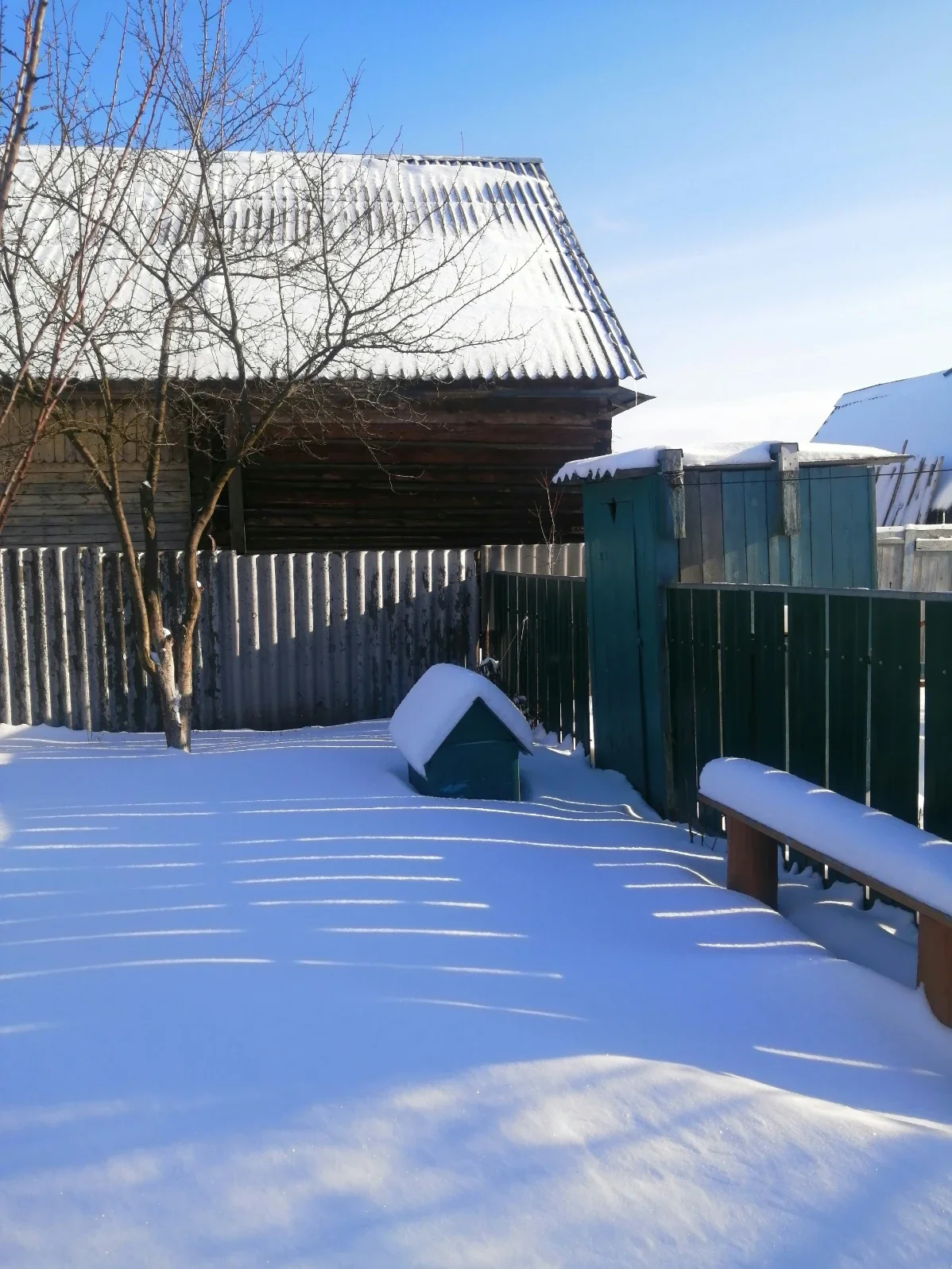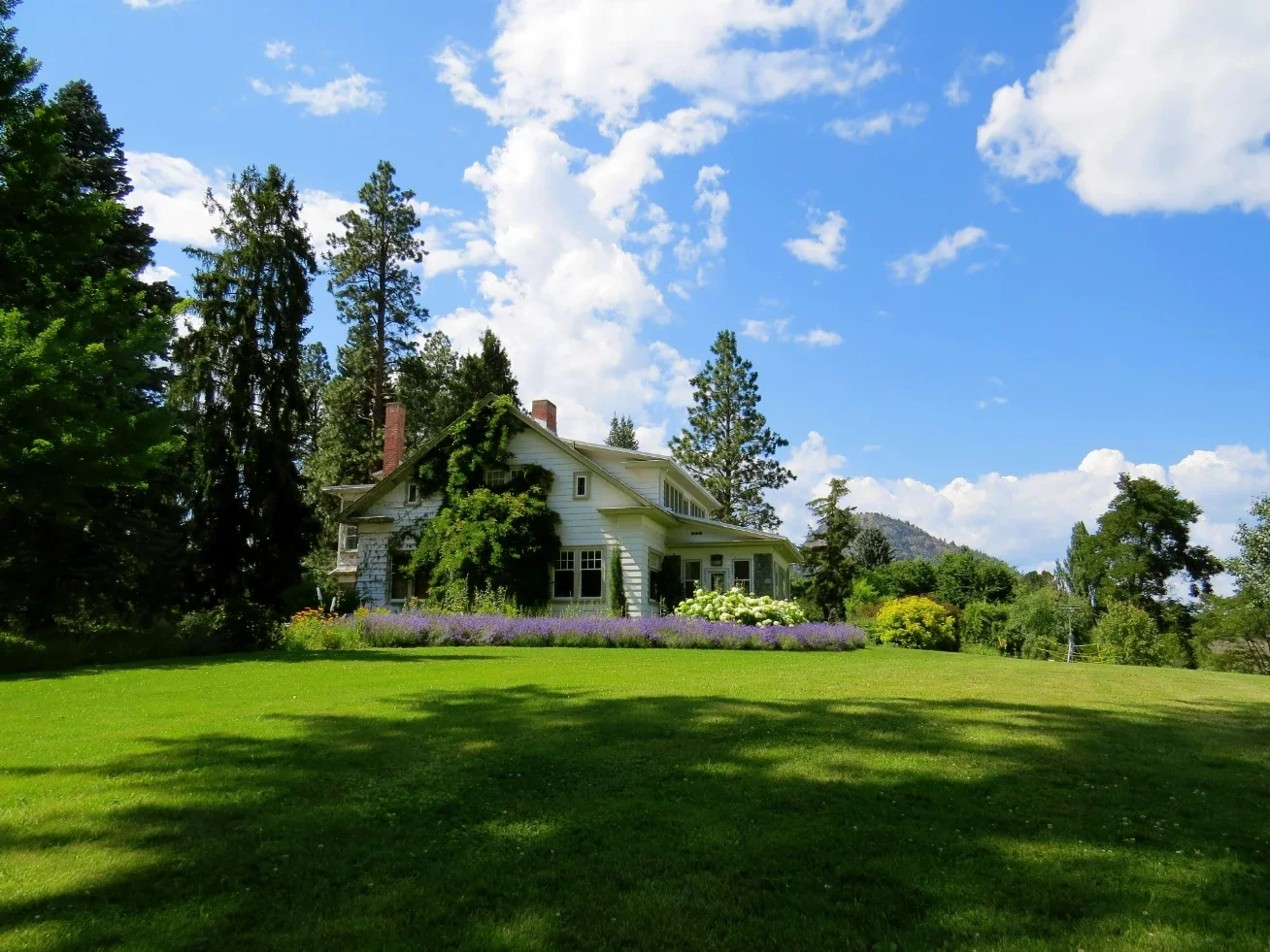Are Pansies Annuals or Perennials? Get Answers
Discover the truth behind pansies—are they annuals or perennials? Dive into our in-depth guide, packed with gardening tips, FAQs, and expert insights on "Are Pansies Annuals or Perennials? Get Answers" to brighten your garden year after year.
Picture yourself on a breezy spring morning, a cup of coffee in hand, gazing at your garden bursting with vibrant colors. Among the stars of the show, pansies steal the spotlight with their cheerful faces and dazzling hues. Yet, if you’ve ever found yourself scratching your head and wondering, “Are pansies annuals or perennials? Get answers!” then you’re not alone. This is one of those age-old questions that has both seasoned gardeners and newbies buzzing with curiosity.
In this article, we’re going to dive into the nitty-gritty of pansy care, exploring every twist and turn of their life cycle. Whether you’re a die-hard plant enthusiast or just starting out on your gardening journey, you’ll find plenty of practical tips, handy tricks, and a good dose of down-to-earth advice. So, buckle up and get ready for a fun, fact-filled ride as we uncover the mystery behind pansies and answer the burning question: Are Pansies Annuals or Perennials? Get Answers.
Getting to Know Pansies: A Colorful Introduction
Before we get lost in the weeds of annuals versus perennials, let’s take a moment to appreciate the charming world of pansies. These little gems aren’t just about adding a pop of color—they carry a rich history and an enchanting personality that can transform any garden.
A Brief History and Overview
Pansies have been gracing gardens for centuries. Their distinctive “faces” and variegated petals have made them a favorite among gardeners and florists alike. Originally bred from wild viola species, pansies have been selectively cultivated to produce the wide array of colors we see today—from deep purples and rich blues to sunny yellows and fiery oranges.
Key facts about pansies:
Variety of Colors: Their vibrant hues make them a versatile addition to any garden design.
Distinctive “Faces”: The unique petal markings give them a whimsical, almost playful look.
Historical Significance: They’ve been a symbol of love, admiration, and even remembrance in various cultures.
With all these delightful features, it’s no wonder that pansies have become a staple in gardens around the world. Yet, despite their popularity, the debate on whether they are annuals or perennials remains a hot topic among garden aficionados.
Annuals vs. Perennials: What’s the Difference, Anyway?
Before we tackle the burning question—Are Pansies Annuals or Perennials? Get Answers—let’s break down the basics of what makes a plant annual or perennial. Knowing these differences will help you understand where pansies fit in and how to care for them properly.
Annuals
Life Cycle: Annual plants complete their entire life cycle—from seed to bloom to seed—within a single growing season. Once the season is over, they typically die off.
Planting: They’re often replanted every year, making them a favorite for gardeners who love a fresh start each season.
Examples: Marigolds, petunias, and many vegetables are annuals.
Perennials
Life Cycle: Perennial plants live for more than two years, returning each season with new growth. Some may have a dormant period, but they come back year after year.
Planting: Once established, perennials usually require less replanting, saving you time and effort.
Examples: Hostas, daylilies, and many types of ornamental grasses fall under this category.
Now that we’ve got the basics down, let’s address the question head-on.
Are Pansies Annuals or Perennials? Get Answers
When it comes to pansies, things aren’t as cut and dry as they might seem. The simple answer is: it depends on your climate and growing conditions.
The Dual Identity of Pansies
In many regions, pansies are treated as annuals. This is because they tend to be short-lived in areas with warmer climates, where the plants may struggle during the hotter months. In these settings, pansies bloom brilliantly during the cool season but fade away as the temperature rises, prompting gardeners to replant them each year.
Conversely, in cooler climates or regions with mild winters, pansies can behave more like perennials. When given the right conditions—cool temperatures, well-draining soil, and proper care—pansies can overwinter and return in the following season, sometimes blooming even more profusely than before.
Factors Influencing Their Lifespan
Several key factors determine whether pansies act as annuals or perennials in your garden:
Climate:
In cooler regions, pansies can survive winter and come back year after year.
In warmer areas, they are often grown as annuals.
Soil Conditions:
Well-draining soil helps prevent root rot and extends the life of pansies.
Poor drainage may force them into an annual role.
Care and Maintenance:
Regular deadheading, watering, and feeding can promote a longer blooming period.
Neglect might shorten their lifespan, nudging them into the annual category.
So, if you’re asking, "Are Pansies Annuals or Perennials? Get Answers", the reply is: it’s a bit of both! Their classification hinges on your local conditions and the care you provide.
Growing Pansies: Tips and Tricks for Every Gardener
No matter how you categorize them, pansies are a delight to grow—and they’re fairly low maintenance if you know the ropes. Here are some tried-and-true tips to help you get the most out of your pansy patch, ensuring a vibrant display no matter the season.
Best Practices for Planting Pansies
Choose the Right Spot:
Pansies love cooler weather, so pick a spot that receives morning sun and afternoon shade, especially in warmer regions.Prepare the Soil:
Use well-draining soil enriched with compost. Pansies thrive in soil that is slightly acidic to neutral.Planting Depth and Spacing:
Sow seeds or transplant young pansies about 6 to 8 inches apart. This spacing gives them room to breathe and grow.Water Wisely:
Keep the soil consistently moist but not waterlogged. Overwatering can be as detrimental as underwatering.
Nurturing Your Pansies Through the Seasons
Cool Season Bloom:
In regions where pansies act as perennials, they flourish in the fall and spring. Ensure they get a good balance of sun and shade during these periods.Hot Weather Care:
If you’re in a warmer climate, treat your pansies as annuals. Replace them after the blooming season, or use them as a seasonal splash of color.Fertilizing Tips:
A balanced, slow-release fertilizer can work wonders. Avoid high-nitrogen fertilizers, as they may encourage leafy growth at the expense of blooms.
By tailoring your care to your local climate, you can maximize the potential of your pansies, whether they’re annuals or perennials.
Troubleshooting Common Issues with Pansies
Even the most experienced gardeners encounter a few bumps along the road. Here are some common pansy problems and how to tackle them head-on.
1. Wilting and Yellowing Leaves
Possible Causes:
Overwatering or underwateringPoor soil drainage
Solutions:
Adjust your watering schedule
Ensure your soil is well-draining; add sand or organic matter if necessary
2. Fungal Diseases
Possible Causes:
Excess moisture
Lack of air circulation
Solutions:
Improve spacing between plants
Use a fungicide if necessary and avoid overhead watering
3. Pests
Common Pests:
Aphids, slugs, and snails
Solutions:
Use organic insecticides or natural remedies like neem oil
Hand-pick pests when you notice them early
By keeping a watchful eye and addressing issues promptly, you can enjoy healthy, blooming pansies that brighten your garden year after year.
Beyond the Basics: Creative Ideas for Pansy Arrangements
Pansies are as versatile as they are charming. Once you’ve mastered the care and classification debate, why not experiment with some creative displays?
Ideas to Enhance Your Pansy Garden
Mixed Borders:
Pair pansies with other cool-season flowers such as violas, snapdragons, or ornamental kale to create a dynamic border that bursts with color.Container Gardens:
Use pansies in containers on patios, balconies, or window boxes. This method is perfect if you’re in a warmer area and want to switch out plants seasonally.Vertical Displays:
Incorporate hanging baskets or vertical planters. Pansies can add a delightful splash of color to walls or fences.Color-Themed Arrangements:
Design your garden with a specific color palette in mind. Group pansies of similar hues together to create a striking, cohesive look.
These ideas not only add visual appeal but also make your garden a true conversation starter. After all, when someone asks, "Are Pansies Annuals or Perennials? Get Answers", you’ll be armed with both the knowledge and the eye-catching display to back it up!
The Debate in a Nutshell: Are Pansies Annuals or Perennials? Get Answers
In wrapping up our deep dive into pansy care, let’s circle back to our central question. The truth is, pansies can wear two hats depending on where you live and how you care for them.
In Cooler Climates:
Pansies often behave as perennials, reappearing each season with a burst of color and charm.In Warmer Climates:
They tend to act as annuals, giving a splendid show during the cooler months before bowing out as temperatures soar.
This dual identity means that whether you’re planting them for a seasonal splash or a recurring floral delight, pansies will reward you with their timeless beauty. So, if you’ve been mulling over the query, "Are Pansies Annuals or Perennials? Get Answers", now you know—it’s all in the care, the climate, and a little bit of gardening magic.
Conclusion
So, where does that leave us? After exploring the ins and outs, the quirks, and the vibrant world of pansies, we can confidently answer: Are Pansies Annuals or Perennials? Get Answers—and the answer is, “it depends!” Their behavior hinges on the climate, the care they receive, and a little bit of nature’s whimsy.
Gardening, much like life, is full of delightful contradictions and surprises. Pansies remind us that sometimes the simplest questions—like whether a plant is an annual or perennial—can spark a whole world of discovery. Whether you’re treating them as a seasonal treat or a recurring botanical friend, these charming blooms are sure to brighten your garden and your day.
To recap:
Know Your Climate:
Determine whether your region favors annual or perennial behavior in pansies.Provide the Right Conditions:
Ensure well-draining soil, proper watering, and appropriate sunlight.Embrace Their Dual Nature:
Celebrate the versatility of pansies, whether they return year after year or put on a seasonal show.
By integrating these practices into your gardening routine, you’re not just tending to plants—you’re nurturing a piece of nature’s poetry. And next time someone asks, "Are Pansies Annuals or Perennials? Get Answers", you’ll have a story to tell that’s as colorful as the pansies themselves.
So, go ahead and plant those pansies, give them a little love, and watch as your garden transforms into a canvas of vibrant blooms. Remember, every garden has its own rhythm, and with a touch of care and a sprinkle of expertise, yours will be humming along beautifully.
Happy gardening, and may your pansies brighten your world with their playful charm and enduring beauty!
Frequently Asked Questions
Q: Are pansies considered annuals or perennials in most regions?
A: It really depends on the climate. In cooler areas, pansies often act as perennials, coming back each year. In warmer regions, they are usually grown as annuals because they struggle with high temperatures.
Q: How can I extend the life of my pansies?
A: Ensure you plant them in well-draining soil, water them consistently without overdoing it, and keep an eye out for pests and diseases. In cooler climates, proper care can help them last as perennials.
Q: What are the best growing conditions for pansies?
A: Pansies thrive in cool weather, with plenty of sunlight in the morning and some shade in the afternoon. They prefer moist, well-draining soil and a spot that isn’t too hot during the day.
Q: How do I know if my pansies are struggling?
A: Look out for signs like wilting, yellowing leaves, or a lack of blooms. These can indicate issues with watering, soil quality, or disease. Address these issues promptly for a healthy plant.
Q: Can I replant pansies each year in warmer climates?
A: Absolutely. In regions where pansies behave as annuals, replanting each season is common practice and ensures a continuous burst of color in your garden.

































